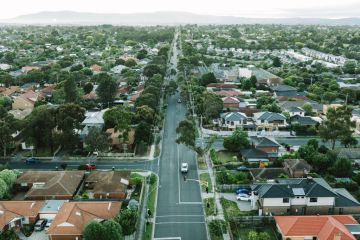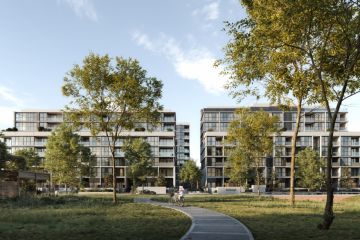The important number holding up in the declining spring property market

The nation’s clearance rate has leapt to a seven-month high, indicating the market is growing more balanced as prices continue to decline.
October’s 61 per cent clearance rate for the combined capital cities was further evidence of an improving collegiate nature between buyers and sellers, who are increasingly meeting on price expectations and cushioning the clearance rate.
The clearance rate has been in recovery mode as the market finds a new harmony – in June, clearance rates around Australia were at their lowest level in two years, hovering 53 per cent.
However, in October, every capital with the exception of Brisbane (at 44.5 per cent) recorded a clearance rate of more than 60 per cent.
Brisbane is described by Domain’s research team, in its monthly report, as being a less “auction-centric” market than its eastern state sisters, which in part explains the lower rate.
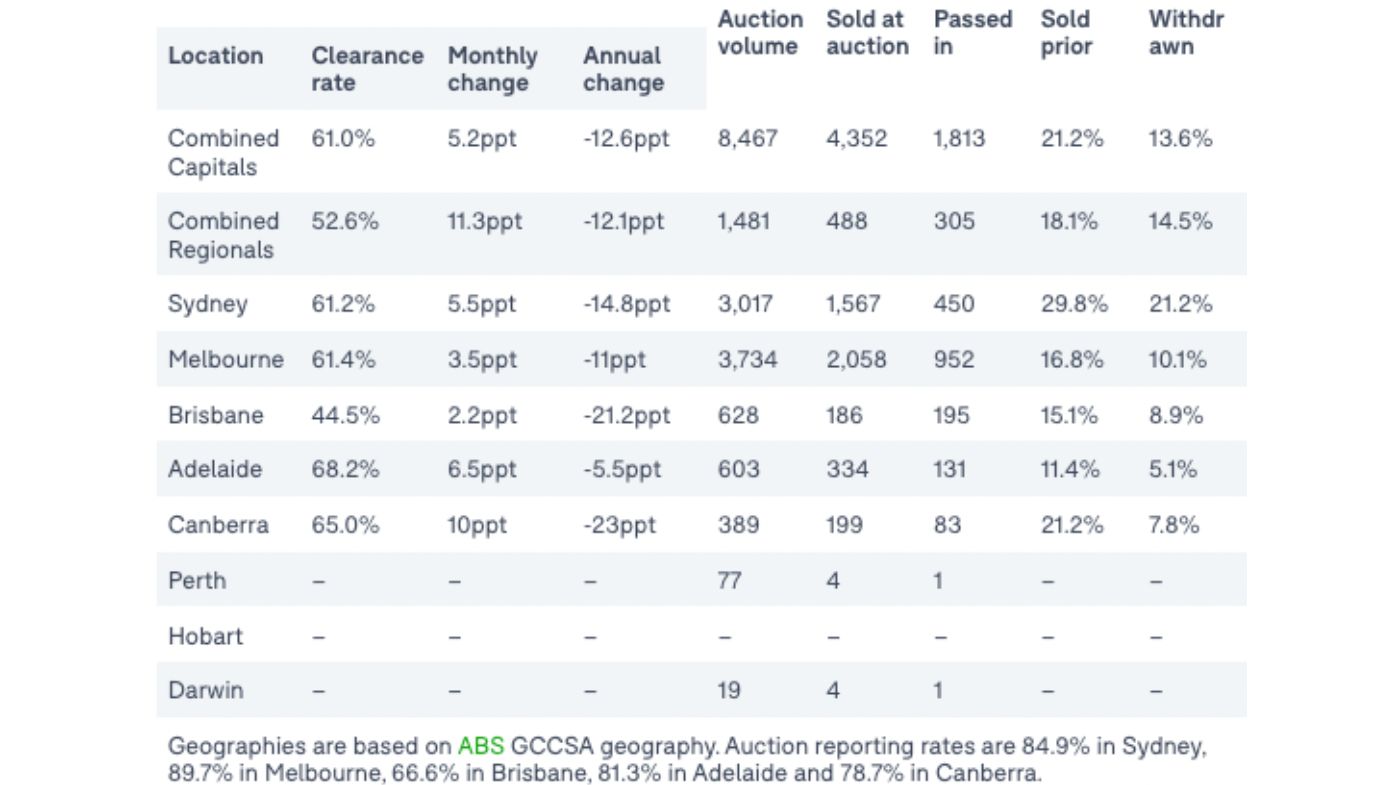
354 Williamstown Road, Port Melbourne, VIC
Auction: November 5, Noon

In Melbourne, the clearance rate bounced to its highest since April, to reach 61.4 per cent, which also marked the third month in a row of a rate more than 55 per cent.
And in Sydney, the clearance rate increased for a third consecutive month, hitting 61.2 per cent, despite vendor activity dropping hand-in-glove.
Houses are faring better than units at auction, when judged on a national combined capitals figure, but broken down state-by-state, certain buyers’ financial pain tells a different story.
Clearance rates were higher for units than houses in Brisbane, Adelaide and Canberra in October. Adelaide’s property market is still at the crest of its price cycle, and was only capital in the three months to September this year to record house price growth. Canberra is the nation’s second most expensive market, behind Sydney, with a house median of $1.096 million.
The number of auctions unfolding across the combined capitals has gone up over the past two months, providing more choices for buyers as the market marches deeper into the traditional spring selling season, Domain data found.
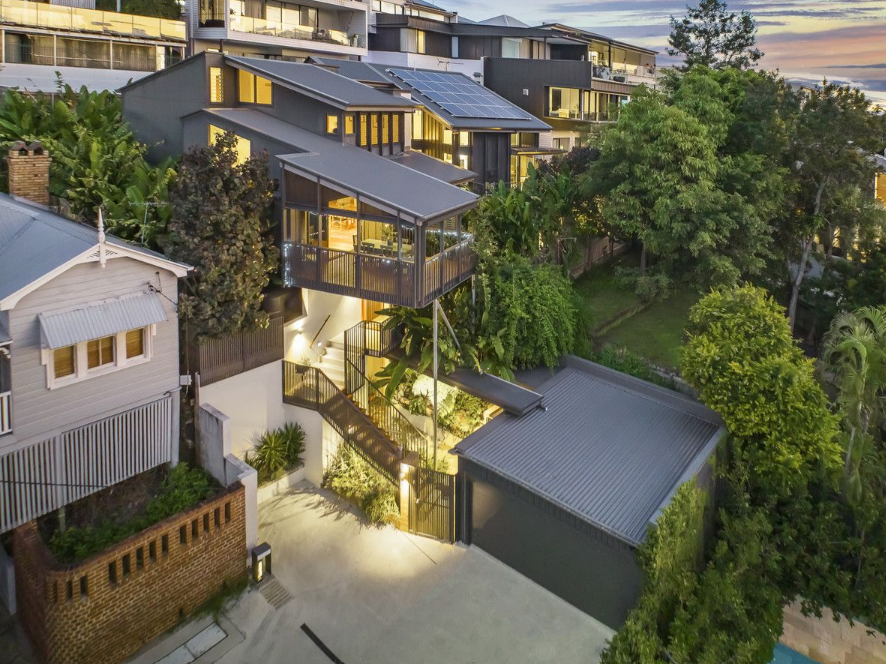
1/1026-1028 Pacific Highway, Pymble, NSW
Auction: November 5, 9am
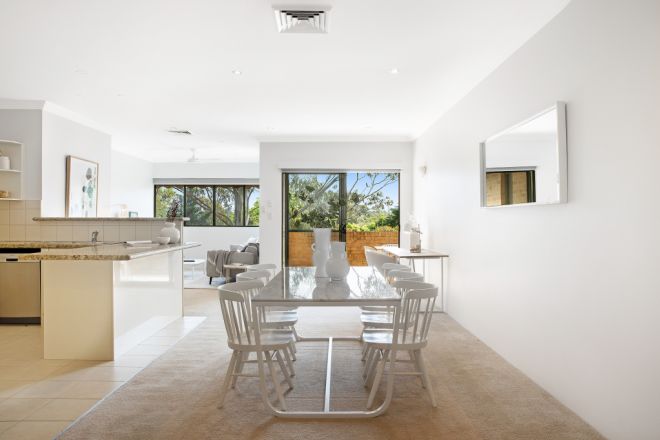
However, the volume is lower than it was at the same time last year, when the market was roaring and a larger sum of vendors were keen to cash in on their fattening capital growth.
The mood among sellers has most notably changed in Sydney, Domain found, souring in line with the price downturn, as auction volumes slip.
Domain’s chief of economics and research Dr Nicola Powell said the market was showing signs of adjustment and “financial limitations and affordability issues” are leaving their mark.
“That being said, we’re seeing signs that the market has adjusted to sliding borrowing power and deteriorating mortgage affordability,” Dr Powell said in the report.

11 Avebury Street, West End, QLD
Auction: November 5, 4pm


“While trending lower than this time last year, clearance rates have held steady across the capitals and auction volumes continue to rise. With these conditions set to continue, sellers have little choice but to adapt to further rate rises and potential price falls.”
We recommend
States
Capital Cities
Capital Cities - Rentals
Popular Areas
Allhomes
More

/http%3A%2F%2Fprod.static9.net.au%2Ffs%2F2f4069aa-bc20-497e-9b3e-b877046e983e)
/http%3A%2F%2Fprod.static9.net.au%2Ffs%2Ff0e5f38f-f70b-4818-9944-054368301a94)

